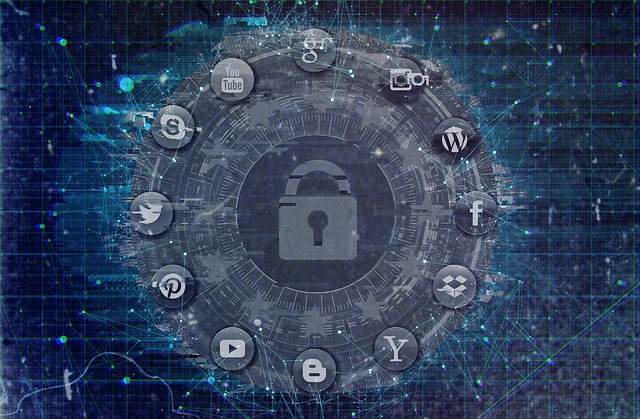Network Security: Protecting Your Digital Assets from Cyber Threats
In today’s digital age, the importance of network security cannot be overstated.
With the increasing prevalence of cyber threats and data breaches, protecting your organization’s digital assets is crucial.
Network security refers to the measures taken to prevent unauthorized access, misuse, modification, or denial of computer networks and their resources.
In this blog post, we will explore the importance of network security, common threats faced by organizations, and best practices for securing your network.
The Importance of Network Security
Network security is vital for several reasons:
- Protects Confidential Data: Organizations store sensitive information, such as financial data, customer information, and intellectual property, on their computer networks. Network security ensures that this information is not compromised by cybercriminals.
- Prevents Malware Attacks: Malware is malicious software designed to disrupt, damage, or gain unauthorized access to computer systems. Network security solutions such as firewalls, antivirus software, and intrusion detection systems can prevent malware attacks.
- Maintains Business Continuity: A network outage can disrupt business operations, leading to lost productivity and revenue. Network security solutions can help prevent downtime and ensure business continuity.
Common Threats to Network Security
Organizations face several threats to their network security, including:
- Phishing Attacks: Phishing attacks are a type of social engineering attack where cybercriminals send emails or messages to trick users into sharing sensitive information, such as passwords or credit card details.
- Malware: Malware includes viruses, Trojans, and other malicious software that can infect a computer system and cause damage or steal data.
- DDoS Attacks: Distributed Denial of Service (DDoS) attacks involve overwhelming a network or server with traffic to make it unavailable to users.
- Insider Threats: Insider threats refer to employees, contractors, or partners who intentionally or accidentally compromise network security by stealing data, installing malware, or sharing sensitive information.
Best Practices for Network Security
Implementing best practices for network security can help organizations protect their digital assets from cyber threats.
Here are some best practices for network security:
- Conduct Regular Security Audits: Regular security audits can help identify vulnerabilities in your network and ensure that security measures are up to date.
- Use Strong Passwords: Passwords should be long, complex, and unique for each account. Multi-factor authentication (MFA) can provide an additional layer of security.
- Keep Software Up to Date: Software updates often contain security patches to fix vulnerabilities. Regularly updating software can help prevent cyber attacks.
- Limit Access to Sensitive Information: Only employees who need access to sensitive information should be granted permission. Access should be granted based on the principle of least privilege.
- Use Encryption: Encryption can protect data in transit and at rest. Implementing encryption for sensitive data can help prevent data breaches.
- Implement Firewalls and Intrusion Detection Systems: Firewalls can block unauthorized access to your network, while intrusion detection systems can identify and alert you to potential security threats.
Conclusion
Network security is essential for protecting your organization’s digital assets from cyber threats.
Implementing best practices such as conducting regular security audits, using strong passwords, and limiting access to sensitive information can help prevent data breaches and ensure business continuity.
By prioritizing network security, organizations can safeguard their sensitive information and maintain the trust of their customers.
